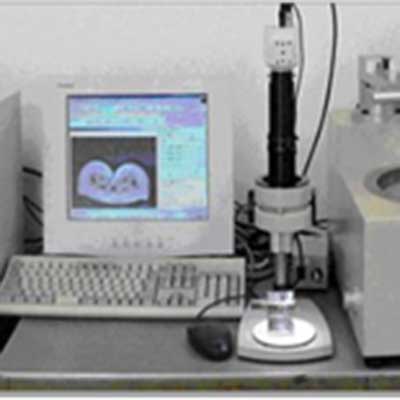-
Call Us On:
+86-577-61675999
+86-15355776033 -
Send us a Mail:
- Get a Quote
+86-577-61675999
+86-15355776033

Understanding the basics of custom cable assemblies can help you find the perfect solution for your product or equipment.
Custom cable assemblies are all around us, bringing sound, information, and even light into our homes and businesses. When they are working, we don’t spend much time thinking about them. Even when they fail, unless you are an electrical engineer, you may not fully understand how or why they differ from traditional cables. This isn’t a big deal for the layperson, but if you are responsible for replacing a cable assembly for a piece of equipment, a little information about the basics can smooth the process when working with a wire and cable manufacturer.
Wires, Cables, & Cable Assemblies
Wires, cables, and cable assemblies have similar basic purposes, but they aren’t quite the same. When talking to a wire and cable manufacturer, using the right terminology can prevent any miscommunications during the consultation and design process.
Wire – A wire is made up of a single conductor that can be solid or stranded and is insulated with a non-conductive material. While wires with solid cores tend to be inexpensive and produce the best connections, they can be difficult to work with in some situations due to their inflexibility. A stranded core is more flexible, but is more costly to produce and does not have the same carrying capability as a solid core wire of the same gauge.
Cable – A cable is two or more wires that have been bonded or braided together. Unlike wires, cables tend to be insulated, which means they are more protected than standard wires. This extra protection often makes them more heavy duty than a standard wire.
Cable Assembly – A cable assembly is a group of wires or cables that are bound together and covered by a durable exterior product. They are often made from materials like shrink-wrapped thermoplastic, thermoplastic rubber, or vinyl and come in many shapes and sizes.
Customizing Cable Assemblies
When binding wires and cables together, you have a few choices to make. Because custom cable assemblies are tailored to specific needs, they can be designed to withstand environmental factors, like moisture, heat, friction, and other hazards. They can even come in different shapes or sizes depending on the space where they will be used. When working with a wire and cable manufacturer, they will work with you to determine a wide range of factors for your cable assembly, such as:
For more information